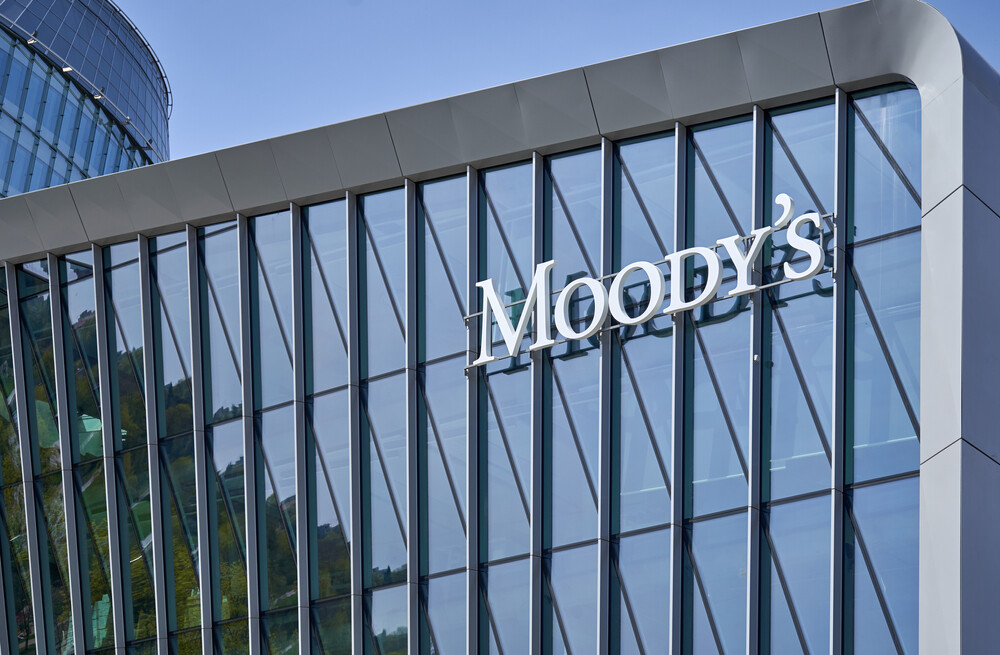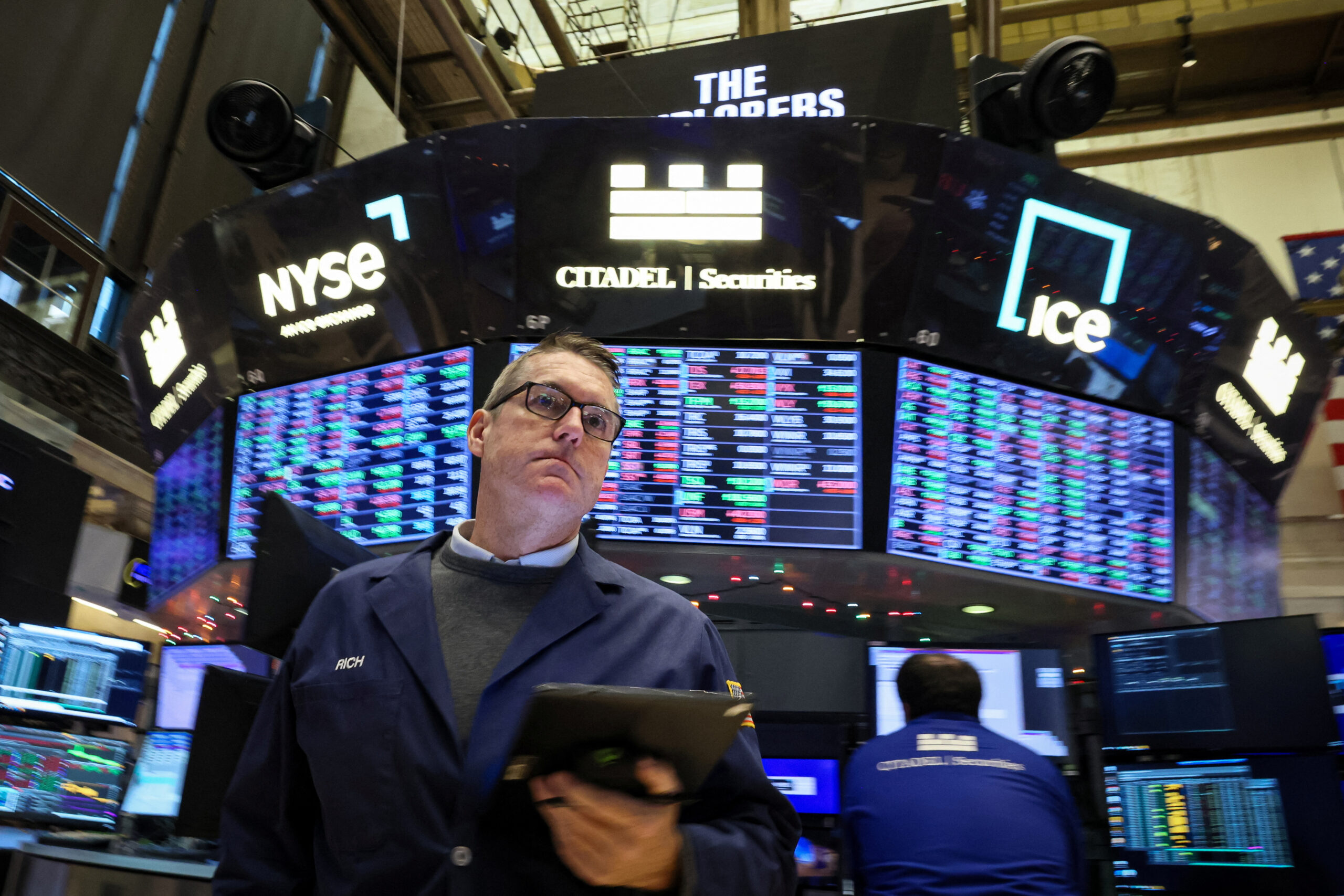
Moody’s Ratings upgraded its outlook on the US banking system from negative to stable on Monday, citing anticipated interest rate cuts and ongoing moderate economic growth as factors that will stabilize bank asset quality and enhance profitability.
Interest rate cuts
- The US Federal Reserve cut rates for the first time in four years in September in the wake of easing recession risks and price pressures in the US economy.
- Goldman Sachs expects the US Federal Reserve to implement consecutive 25-basis-point (bps) interest rate cuts from November 2024 through June 2025, bringing the terminal rate to a range of 3.25-3.5%, according to Reuters.
- Last month, the Fed reduced the overnight rate by half a percentage point to a 4.75 to 5% range, citing increased confidence that inflation will continue to dip toward its 2% annual target.
- According to CME’s Fedwatch Tool, markets are pricing in a 94.1% likelihood of a 25 bps cut at the Fed’s next meeting, with only a 5.9% chance that the central bank will keep rates unchanged, the report added.
- US annual inflation fell to 2.4% in September, exceeding expectations and reinforcing predictions that the Federal Reserve will cut interest rates by a quarter point at its upcoming meeting in November. Data released by the Bureau of Labor Statistics showed a decline from August’s 2.5% annual increase, though it was above economists’ expectations of 2.3%.
What we know
Mortgage loans are among the sectors that will be most affected by lower interest rates in the US, as mortgage rates are closely tied to government bond yields, which reflect the Federal Reserve’s monetary policy, according to Future for Advanced Reseach and Studies.
Consumer loans, including auto loans, will also become more affordable as the Fed reduces interest rates. Furthermore, companies will benefit from easier access to credit, as lower interest rates typically lead to increased employment opportunities and higher profits due to reduced borrowing costs.
Positive signs
The US banking industry has been facing earnings pressure from high interest rates, low share prices, credit uncertainty, a sluggish merger and acquisition market, geopolitical conflicts, unprecedented regulatory scrutiny, and upcoming regulatory uncertainty after the presidential election, according to KPMG’s 2024 US Banking Industry Outlook Survey.
However, signs of a brighter future are emerging, particularly among larger banking institutions, the survey noted. About two-thirds (66%) of bank executives expressed confidence in their organization’s growth prospects over the next year, with one-third (33%) being very confident.
Size plays a significant role in growth potential as nearly all larger organizations with over $50 billion in assets (93%) are more confident than smaller ones with under $50 billion (48%)
US economic growth
Real gross domestic product (GDP) in the US increased at an annual rate of 3% in the second quarter of 2024, according to the third estimate released by the US Bureau of Economic Analysis. In the first quarter, the country’s economic growth was 1.6%.
Overall, real GDP is expected to increase 2.7% in 2024 and by 1.5% in 2025. Between 2026 and 2028, real GDP growth is forecasted to hover between 1.7% and 2.1% per annum.
Big number
$71.5 billion. This is the US banking industry’s profit for the second quarter of 2024, marking an 11.4% year-on-year rise due to shrinking expenses and higher non-interest income, according to the Federal Deposit Insurance Corporation.
However, the FDIC cited several lingering areas of concern, including strain in commercial real estate and high credit card borrowing.






